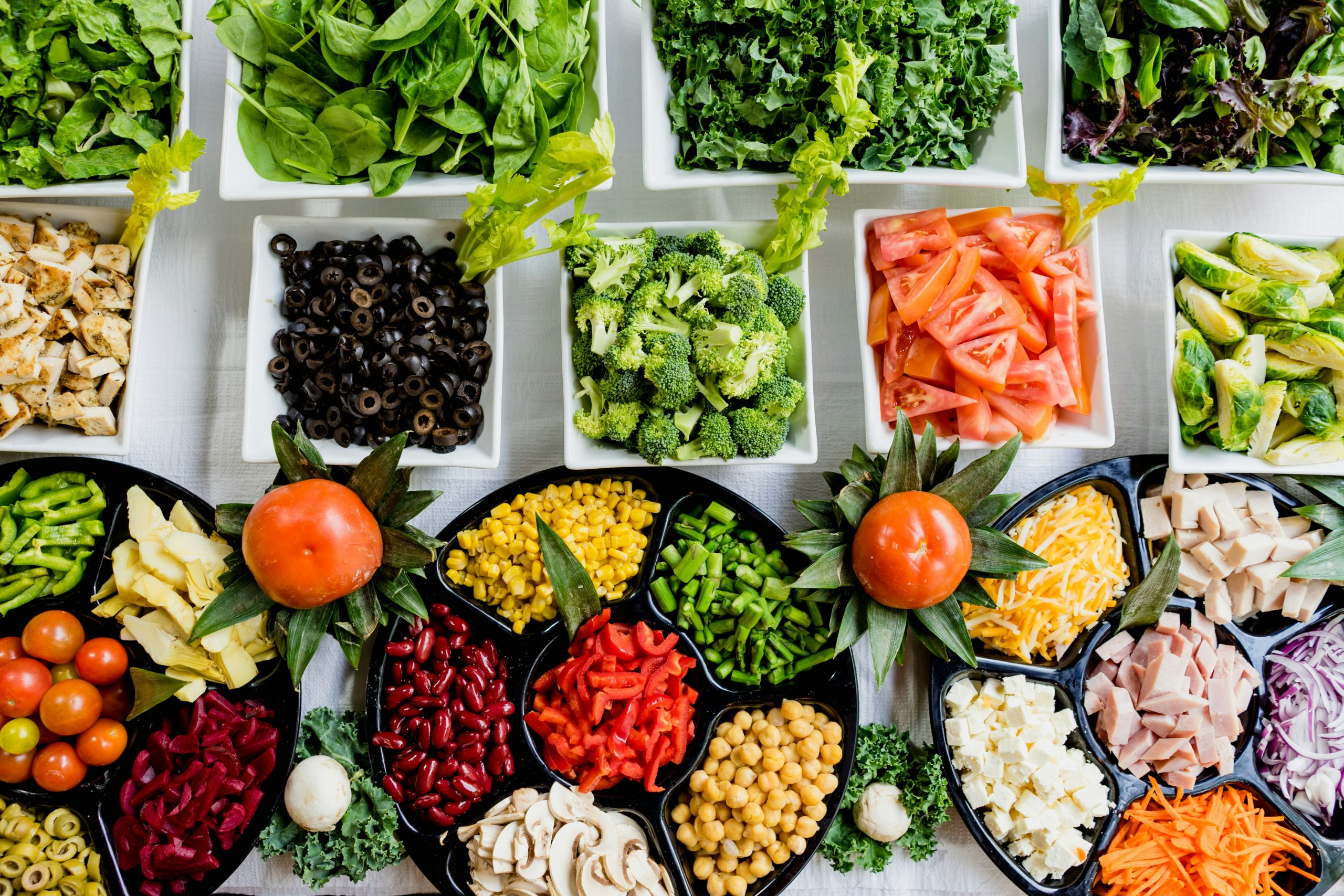
Food is more than mere sustenance; it is an experience, a celebration, and an opportunity to engage all the senses. From the first tantalizing aroma to the lingering aftertaste, every meal has the potential to transport us, evoke emotions, and create lasting memories. The joy of eating is not simply about satisfying hunger but about relishing flavors, textures, and the stories behind each dish. A true feast for the senses, good food nourishes the body and soul, offering comfort, excitement, and connection.
The Visual Delight of Food
Before a bite is taken, food captivates through its appearance. A dish’s colors, plating, and presentation play a crucial role in shaping our perception of its taste. A beautifully arranged plate, whether a vibrant salad or an elegantly plated dessert, heightens anticipation and sets the stage for an enjoyable meal. The way food is presented tells a story—whether it’s the rustic charm of homemade pasta dusted with flour or the meticulous precision of a Michelin-starred chef’s masterpiece.
Restaurants and home cooks alike understand the power of aesthetics in dining. Garnishes, sauces artfully drizzled, and even the choice of tableware enhance the experience. Studies show that people perceive food as more flavorful when it is attractively presented, reinforcing the idea that we eat with our eyes first.
The Symphony of Aromas
The scent of food has an almost magical ability to stir emotions and memories. The warm, buttery fragrance of freshly baked bread, the smoky richness of grilled meat, or the citrusy zest of a freshly cut lemon can instantly transport us to another time and place. The smell is deeply tied to memory, and a single whiff of a familiar dish can evoke nostalgia, reminding us of childhood meals, family gatherings, or cherished vacations.
Aromas also play a role in how we experience taste. The complex scent of spices in a curry or the deep earthiness of truffle oil builds anticipation before the first bite. Our sense of smell dictates much of what we perceive as flavor. That’s why a simple cold can dull the pleasure of eating, as the intricate layers of scent and taste become muted.
The Dance of Textures
Texture adds another dimension to the enjoyment of food. The contrast between crisp and creamy, crunchy and tender, or smooth and grainy makes each bite an adventure. A perfect croissant balances a shattering outer layer with a soft, buttery interior. Sushi delights with its delicate combination of firm fish, sticky rice, and the slight crunch of seaweed. A well-made crème brûlée provides the satisfying crack of caramelized sugar before giving way to silky custard beneath.
Texture influences not just pleasure but also satiety. The satisfying chew of al dente pasta or the hearty bite of a crusty baguette creates a sense of fullness and satisfaction. Combining textures in a meal enhances enjoyment, ensuring every mouthful remains exciting and engaging.
The Melodic Play of Flavors
A great dish is a mixture of flavors where sweet, sour, salty, bitter, and umami interact perfectly. The best meals create contrast and depth, allowing each bite to reveal something new. The acidity of a squeeze of lime can brighten a rich curry, while a sprinkle of sea salt can enhance the sweetness of dark chocolate.
Different cultures excel in their mastery of flavor pairings. Japanese cuisine highlights umami through soy sauce and miso, while Italian cooking embraces the simplicity of fresh ingredients to create bold yet refined flavors. Thai food expertly balances heat, sweetness, and acidity, while French cuisine is renowned for its richness and depth.
Pairing flavors extends beyond the plate to beverages. A robust red wine complements the fatty richness of steak, while a crisp white wine enhances the delicate sweetness of seafood. Even coffee and tea offer complex layers of taste, making them ideal companions to desserts and pastries.
The Emotional and Social Connection
Food has an extraordinary ability to bring people together. From family dinners to festive feasts, meals are often at the heart of social gatherings. Sharing food strengthens bonds, fosters conversation, and creates a sense of community. Whether it’s a backyard barbecue, a holiday banquet, or a quiet dinner for two, eating together enhances the experience.
Cooking itself is an act of love. Preparing a meal for others is a gesture of care and generosity, a way to communicate without words. Every dish carries meaning, whether it’s a cherished family recipe passed down for generations or a new creation inspired by adventure and discovery.
In many cultures, food is intertwined with traditions and rituals. Breaking bread together symbolizes friendship, tea ceremonies represent mindfulness, and celebratory cakes mark life’s milestones. Even a simple cup of coffee shared with a friend can become a cherished ritual, reinforcing the role of food in our daily lives.
Embracing the Joy of Eating
In a fast-paced world, it’s easy to treat eating as a necessity rather than an experience. But slowing down to savor a meal can transform an ordinary day into something extraordinary. Engaging all the senses—admiring the colors, inhaling the aromas, relishing the textures, and genuinely tasting the flavors—elevates eating from routine to ritual.
Mindful eating encourages full awareness of each bite and enhances satisfaction and appreciation. By focusing on the sensory aspects of food, we develop a deeper connection to what we eat, making each meal a source of joy rather than mere fuel.
Ultimately, food is one of life’s greatest pleasures. It nourishes not only the body but also the heart and soul. Whether indulging in a lavish feast, experimenting in the kitchen, or enjoying a simple home-cooked meal, the experience of good food is a gift to be savored. So take a moment, slow down, and celebrate the pleasure of eating—one delicious bite at a time.